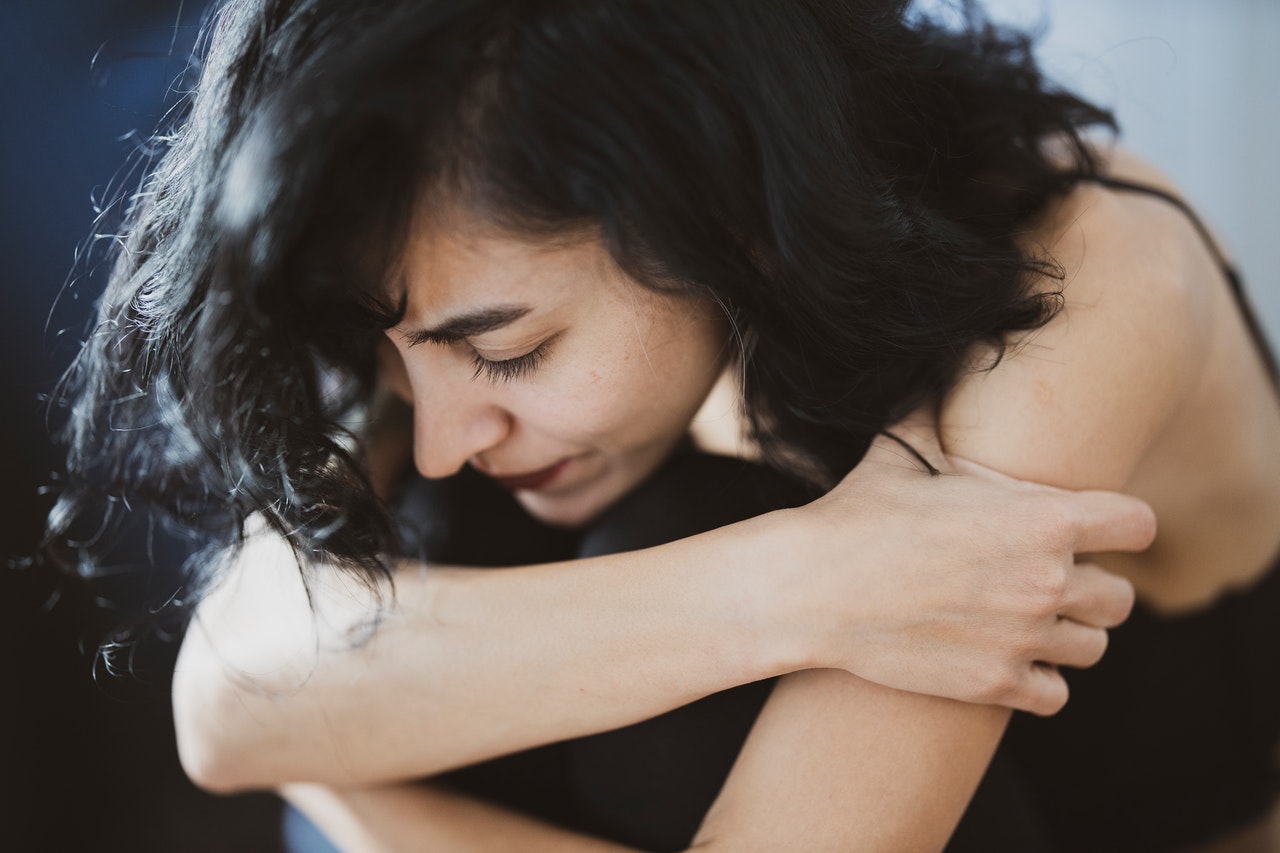 Credit : Engin Akyurt/Pexels
Credit : Engin Akyurt/PexelsAccording to the American Academy of Dermatology, acne affects up to 50 million Americans every year. It can occur at any stage and even affects adults in their 30s and 40s. In fact, adult acne cases are increasing and affects 15 percent of women. If you think that blackheads, whiteheads, and cystic acne are already the bane of your existence, just imagine if you also suffer from Hidradenitis Suppurativa.
What is Hidradenitis Suppurativa?
Hidradenitis Suppurativa, or HS, is a little-known condition that start as deep and painful lumps and is usually found in the armpits. It may look like pimples, acne cysts, boils, or folliculitis, which are infected hair follicles. That's part of the reason why it may take years for some people to notice and by that time, treatment can be more complicated. Allure reports that only one to four percent of the global population is affected by HS.
HS, also known as acne inversa, is a chronic skin condition characterized by painful, swollen, and inflamed nodules or bumps that can also be filled with pus. The Director of Cosmetic & Clinical Research in Dermatology at Mount Sinai Hospital in New York City, Joshua Zeichner, tells Allure that it's common for HS to get ruptured and cause them to release foul-smelling fluid. He adds that aside from the armpits, HS commonly develops under the breasts or in the groin area. They can grow under the skin, as well, heal slowly and can reoccur if left untreated. What makes it different from acne is that while acne develops when the sebaceous glands are clogged or infected, HS occurs in the sweat glands. Nevertheless, just like acne, Dr. Zeichner says that HS can cause distress and poor self-esteem.
Also read: Alternative Acne-Fighting Ingredients To Benzoyl Peroxide and Salicylic Acid
Symptoms of HS
It's crucial to treat HS as early as possible since it's a chronic condition and people who are diagnosed with it will experience recurring symptoms over an extended time period. While dermatologists are still stumped on why HS happens, they have observed the factors that make it worse. Board-certified dermatologist Shari Marchbein says that if you have the following symptoms, you should visit a dermatologist right away to avoid scarring and the occurrence of permanent cystic sinus tracts:
Blackheads - It's common for HS patients to observe small areas of skin that are pitted and contain blackheads. Blackheads can appear in pairs or patterns.
Pea-sized lumps - HS usually starts with a painful lump under the skin that can last for months, which can later develop into more. You'll usually find them in the armpit, groin, inner thighs, chest or buttocks.
Tunnels - Lumps connected by tracts or tunnels may form under the skin if you have HS. They tend to heal very slowly or not at all, and they can also leak pus that can be odorous.
Treatments can include medication, skin care, lump draining procedures, cortisone injections and lifestyle changes. There is also an FDA-approved psoriasis treatment called Humira. Dr. Dr. Zeichner says this injection can be "life-changing" for HS patients. However, there is no permanent cure at this time. If you'd like to see what HS looks like, the American Dermatology Association has provided this link: Hidradenitis suppurativa: Signs and symptoms.
Related article: Dermatologists Teach You How To Get Rid of Milia On Your Face

